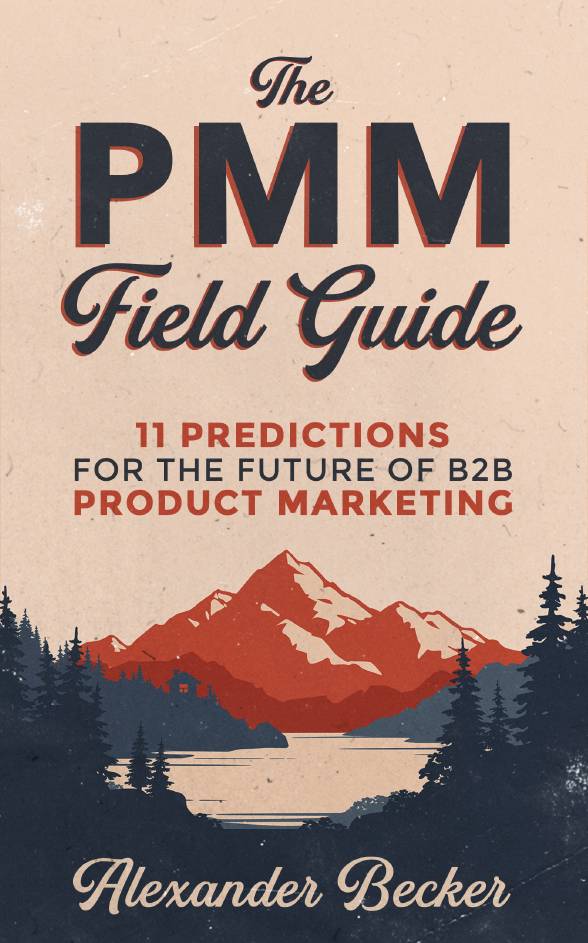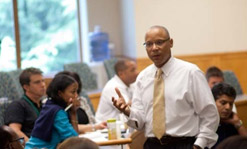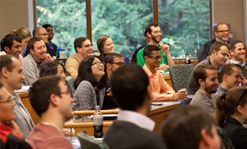The Mind of a CIO
March 2nd, 2015Topics: Enterprise IT

As a Center for Digital Strategies Fellow, I’ve had many opportunities this year to meet and learn from thought leaders and corporate innovators in tech. CDS events like the Britt Speaker Series, Digital Drop-ins, and campus forums like Tech@Tuck give interested students the chance to probe and understand how digital leaders view the world and their organizations.
When the CDS presented me with an opportunity to attend their Houston Roundtable on Digital Strategies, I accepted with the notion that it would supplement my research and give me the chance to experience temperatures above 15°F for a couple of days. The Roundtable, titled “Developing Agile Innovation Capabilities”, proved for me to be much more: a window into the mind of a CIO and an eye opener on the difficulty of building and sustaining innovation in non-tech companies. The event was organized across two days and focused on sharing ideas and experiences, physically seeing what innovation means across industries, and networking. All of the companies in attendance were non-competitors, coming from different industries and geographies, and most attendees were either CIOs or strategy/innovation executives.
This particular event was hosted by Chevron, and to kick everything off we toured their new Decision Support Center (DSC). Within the DSC, a team of tech-savvy professionals monitors data feeds from oil rigs and drilling sites across the globe, serving as an early warning system for ground operations. While the DSC’s main focus is to improve safety and performance of Chevron’s upstream business, it also represents a big data opportunity for Chevron, whereby data from sensors onsite is used to identify troublesome patterns, standardize responses, and optimize the search for oil.
Defining Innovation
After an awesome Tex Mex dinner to finish the first day, the main Roundtable event took place the next morning, also at Chevron. Led by Professor Alva Taylor, the discussion took attendees through different elements of organizational innovation. To start off, participants were asked to try to define innovation at their companies, and the varied responses highlighted how vague the word innovation is. Some key points that came out include:
- While innovation is most important when a business is under pressure, it is hardest to stimulate effectively in a pressured environment
- To some companies, innovation refers to product changes, while for others it represents business model changes and process improvements. Some stretch it further and equate it with lean
- For process heavy companies, innovation is at times just another process to follow, which can be effective for incremental changes, but is mostly ineffective for groundbreaking innovation
Incremental Innovation
The discussion next moved to the idea of continuous improvement and the role of incremental innovation in a company. Since most of the attendees were CIOs, the conversation steered towards the difference between agile software development and traditional waterfall development, specifically focusing on the merits and challenges of adopting agile across an IT organization. One interesting point was the continued allusion of many attendees to the banking and airline industries, which are often ahead of the curve with regard to agile IT. As a former non-technical IT Consultant, I found it most interesting when the conversation focused on the difficulty of finding talent to execute any such strategy.
Groundbreaking Innovation
When the discussion switched to groundbreaking innovation, the collective silence suggested that many at the table had less of a handle on how exactly this was to be achieved. While some felt that this was a major objective of theirs, there were few concrete examples of success that the group could speak to. Unanimously, it was acknowledged that reliance on process tended to stifle such breakthroughs. Finally, the group moved on to the role that culture plays in an organization, and many attendees spoke to the changes they had made, or intended to make, to encourage people to take chances on ideas they had. One could argue that culture is the magic sauce that makes innovation happen, yet it is also the toughest to create.
As my time at Tuck is rapidly coming to a close, this roundtable gave me excellent perspective on the difficulties I will face at the manufacturing company I’m joining once I reenter the workforce. On the plus side, I won’t be entering the company thinking that I can change the world through innovation. On the negative, my job performance is based on my ability to get through organizational challenges and make it happen anyway. I’m sure many of the CIOs in attendance came away with similar perspectives and ideas to make things happen in their organizations. Overall, I’d jump at the chance to attend another one of these and learn from executives who speak openly about very difficult issues they face.











